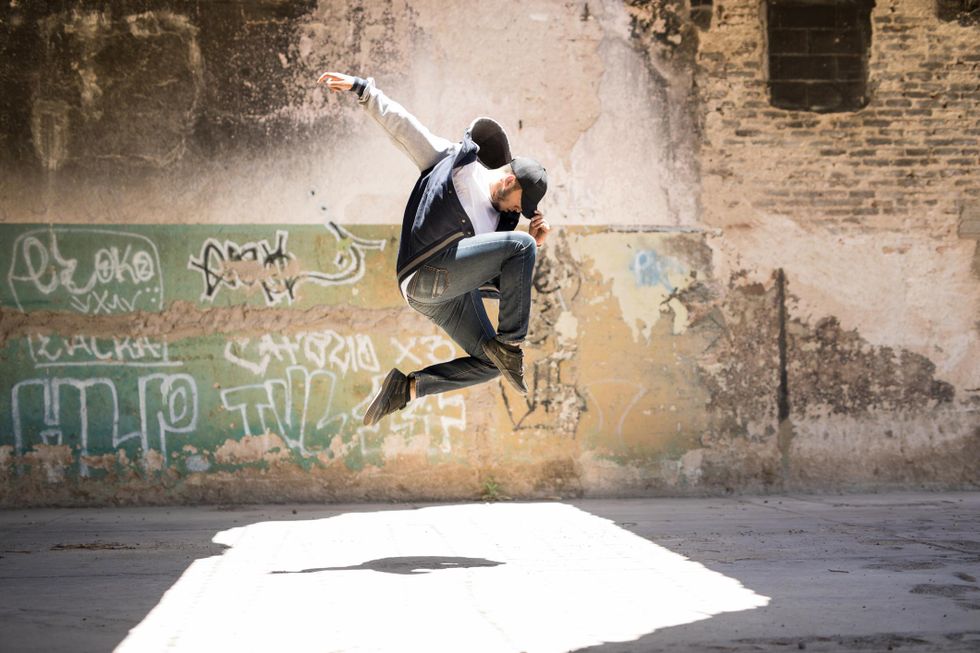The Advice That Changed My Career: 7 Pros on Their Favorite Words of Wisdom
Advice is tricky. It can be presumptuous, judgmental. Medicinal. Obligatory. Revelatory?
I don’t consider myself to be an advice giver, and yet I regularly share a morsel that one of my college professors gave me two decades ago: “When you find a teacher you admire, even if not an educator in the formal sense, go for the ride and hold on tight. You may not end up where you expect, but your journey will be all the richer and more colorful for it.” James Shapiro, Shakespeare scholar. It has guided my entire adult life, in and out of the studio, and it’s even how I ended up with the platform to write for this magazine.
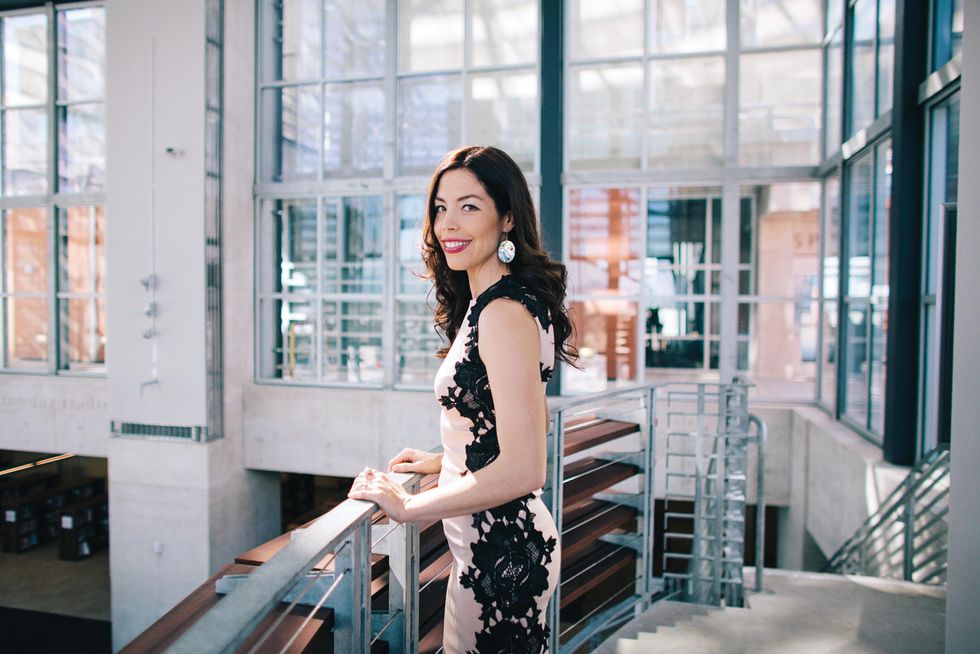
Dr. Tria Blu Wakpa, scholar and assistant professor of dance studies, UCLA Department of World Arts and Cultures/Dance
“My family encouraged me to do work that has a positive impact on the world. This value is central to my work as a professor, including the topic of my current book project, which focuses on Native American dance and other movement modes in institutions of confinement, such as former Indian boarding schools and, in the contemporary day, a tribal juvenile hall and prisons. Unfortunately, academic research has often not benefited Indigenous peoples. I conduct community-engaged research and use decolonizing methodologies, which emphasize collaboration, respect and reciprocity.
“My work with Native dancers takes many forms—writing an article or op-ed, curating an art show, testifying at a state hearing—but it tends to illuminate the powerful linkages between Indigenous movement practices and Indigenous social movements. I enjoy working in diverse ways with communities, building relationships with Indigenous experts, and bringing my students into this work.”
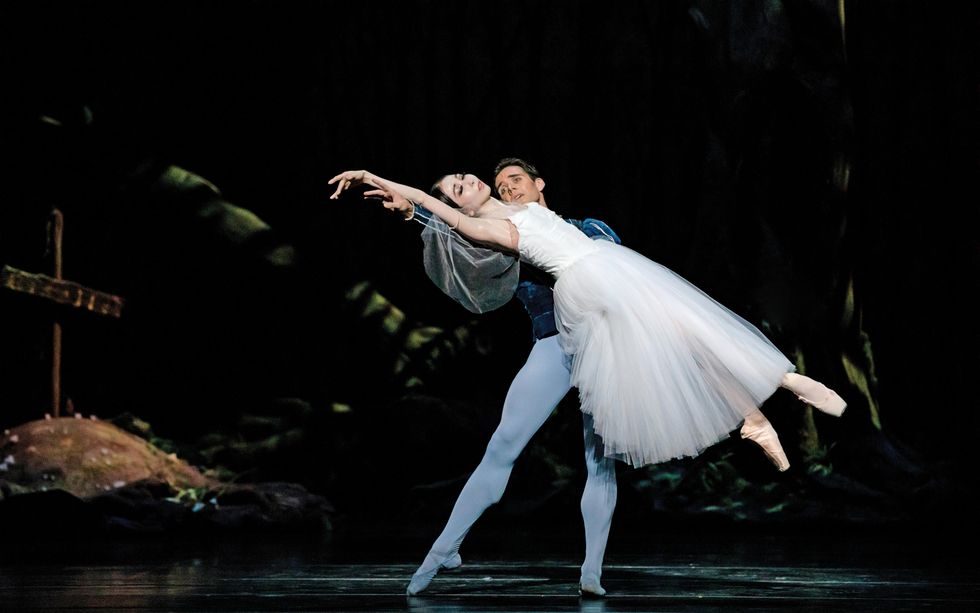
Giselle Amitava Sarkar, Courtesy Houston Ballet
Yuriko Kajiya, principal dancer, Houston Ballet
“Irina Kolpakova, my main coach at American Ballet Theatre, never said this out loud in so many words, but rather through the emotions of her coaching: All great ballerinas have a duty to perform onstage, yes, but also to translate what they have learned for the next generation. It’s not about just doing the steps. Anyone can lift a leg and take good pictures. The audience must be moved by what you are doing. They must leave the theater changed, or else they could have stayed home to watch television.
“What I can teach is what I know now, and all that I have experienced so far. What you’ve learned is your weapon, and maybe not all dancers want to share. Whether I am teaching directly in a studio or indirectly through performance, I give it all back.”
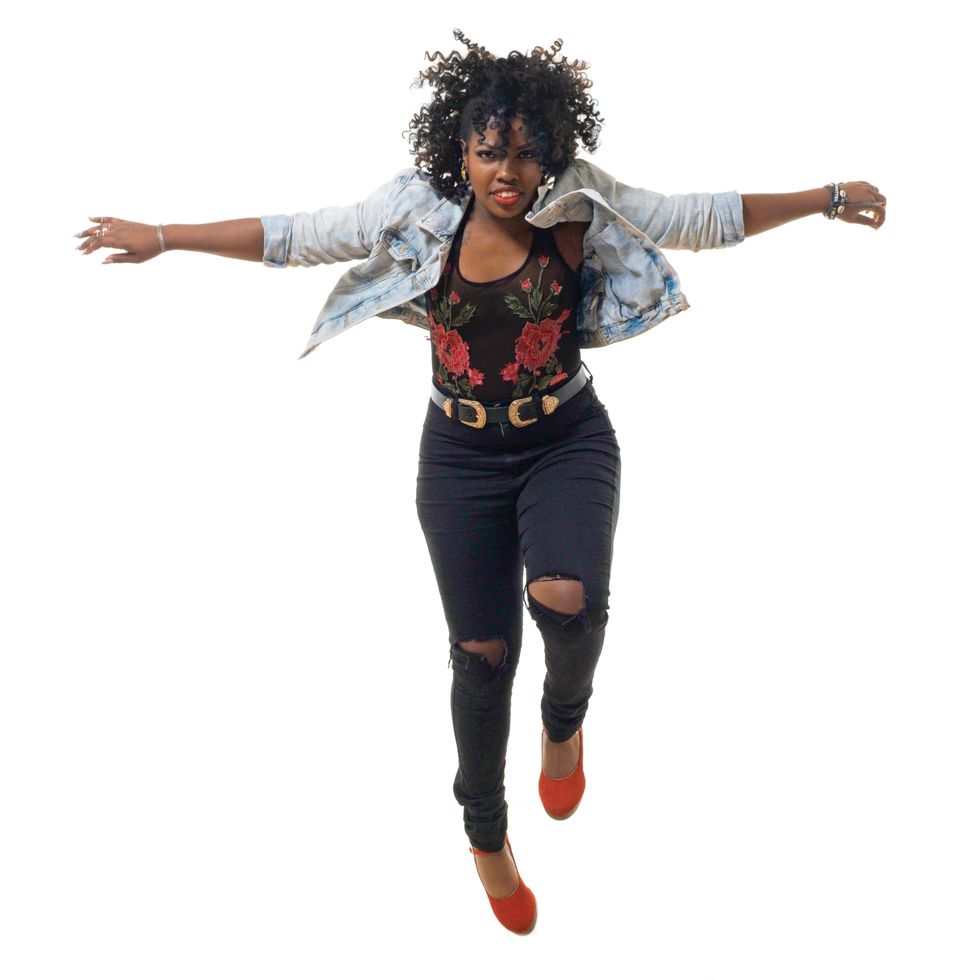
Starinah “Star” Dixon, assistant director, choreographer and principal dancer, M.A.D.D. Rhythms
“My brother Bril Barrett, the cofounder of M.A.D.D. Rhythms, emphasizes learning your tap history, so no one can lie to you about who you are. If you know where you come from, you know where you can go. Hearing stories about what the masters fought for and the things they survived makes me appreciate this art form even more. But our history isn’t always written in books correctly, so we have to look to the stories passed down from the elders.
“Being a Black woman, historical representation matters. When I was a child, the moment I saw Idella Reed-Davis, Sharon Rushing and Sarah Savelli perform as Rhythm ISS, I knew this is what I wanted to do for the rest of my
life.”
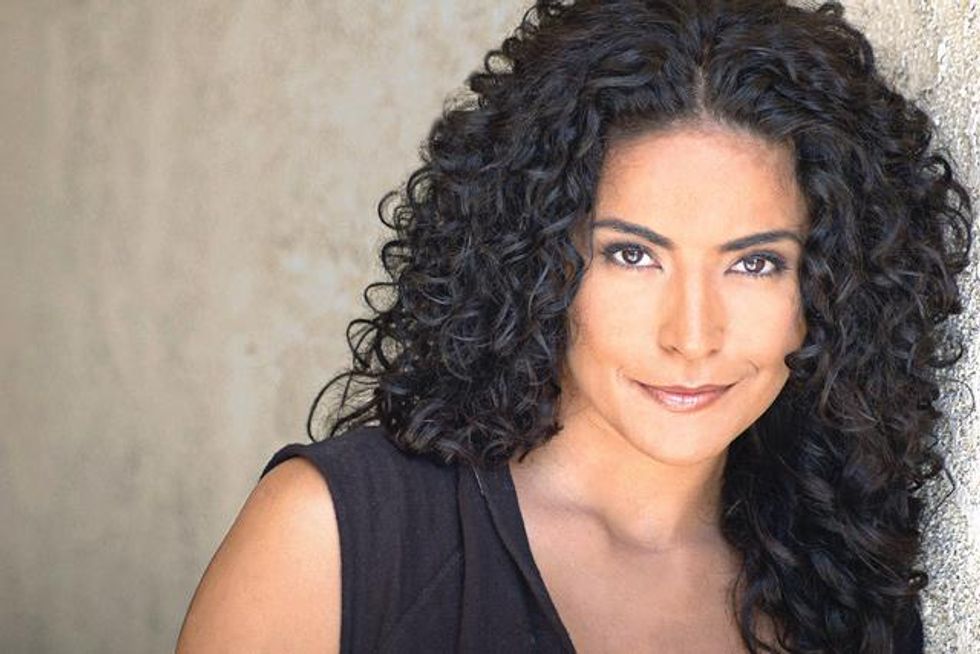
Liz Ramos, commercial choreographer and dancer, including a dance role in the upcoming film In the Heights
“Both my mother and my first dance teacher emphasized ‘Never burn your bridges,’ and along with that, actor Kyme taught me the mantra ‘If you’re early, you’re on time. If you’re on time, you’re late. If you’re late, don’t even bother coming to work.’ She was old-school, but it worked.
“Throughout my whole career, I’ve always arrived for auditions an hour early. Get yourself there, get ready, be prepared. Get in the game. Even after you book the job, there is no being late in any sense; you have to have respect for the people and organizations that hired you.”
Jodee Nimerichter, executive director, American Dance Festival
“My mentor and former director of ADF Charles L. Reinhart instilled in me the mindset of not going into something as ‘Why?’ but ‘Why not?’ It profoundly impacted the way I think about working with artists and implementing new ideas. It’s easy to dismiss something, thinking that it costs too much, but if you’re expansive from the outset, you have the freedom to explore. It’s allowed me to do things in collaboration with artists and organizations that have resulted in great successes and learning opportunities.
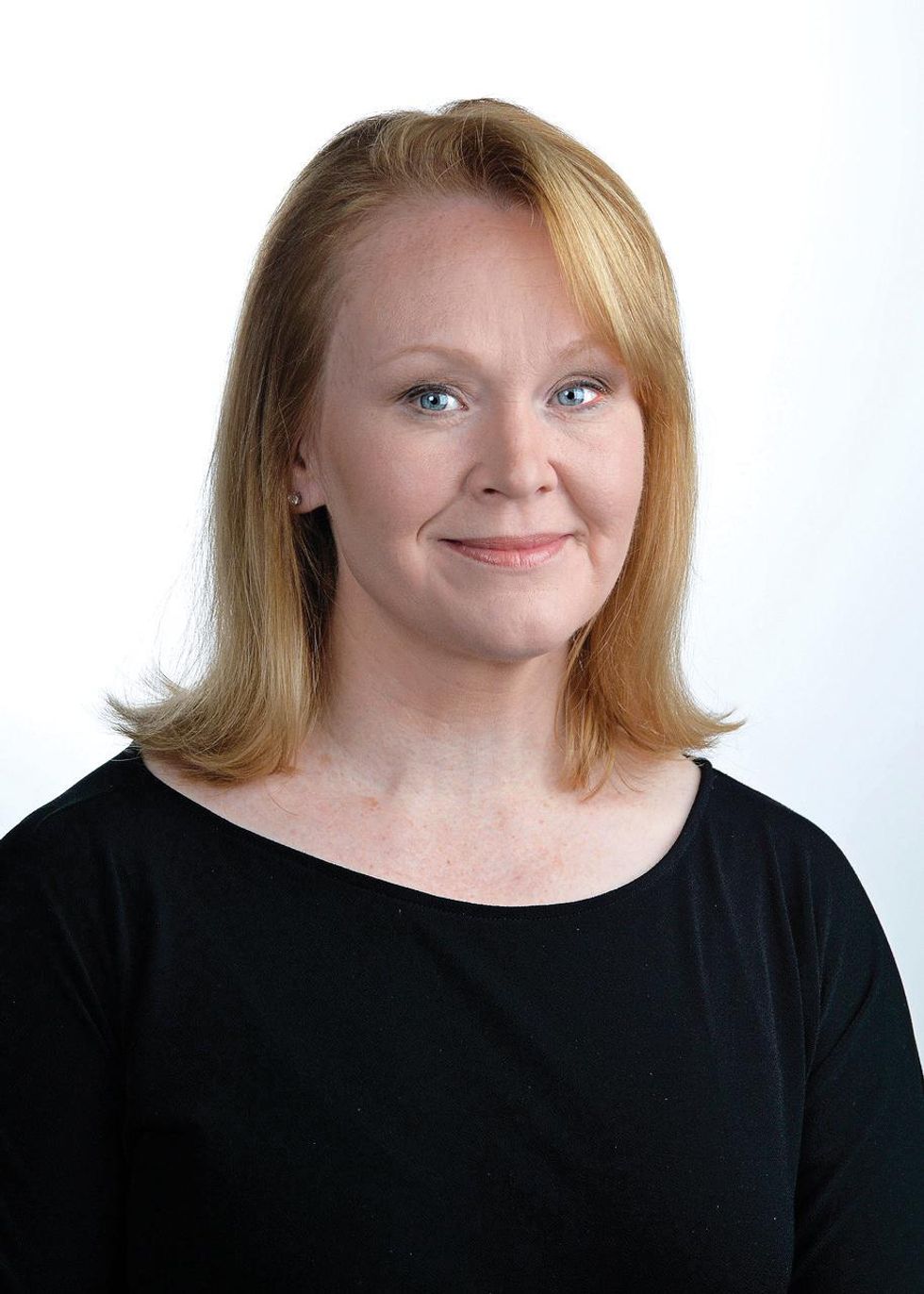
“For example, we had hoped to present the premiere of Monica Bill Barnes and Robbie Saenz de Viteri’s The Running Show during our 2020 season. Sadly, we had to cancel. In subsequent conversations, Monica shared that they were considering pivoting to make something for online participation, using new material as well as what was created for The Running Show. The idea that ADF could help to galvanize something new with the building blocks already in place was so exciting. Even more thrilling was that the 16 dancers from Hunter College who helped build The Running Show were able to participate in this virtual Keep Moving in a way that they wouldn’t have under the initial concept because they weren’t touring with the work.
“When you work through this lens, everything seems possible, instead of impossible.”
Toby MacNutt, choreographer/performer, A Singular They; poet, If Not Skin
“In publishing, particularly from marginalized voices in genre publishing, there’s a saying: ‘Don’t self-reject.’ This refers to sending your work to editors, but there are parallels to the dance experience. We worry about whether we are too much, or not enough, or somehow both. We feel pressured to be perfect.
” ‘Don’t self-reject’ reminds us not to preclude the chance for people to consider, and potentially love, our work. Internalizing the pressure of outside eyes can forcibly reshape what we make and how we make it—closing out our own creative voice, dreams, experiences, bodies. In this sense, ‘Don’t self-reject’ is about making sure you stay true to your work and yourself. Instead of perfect, give yourself the chance to be good enough. You are enough.”
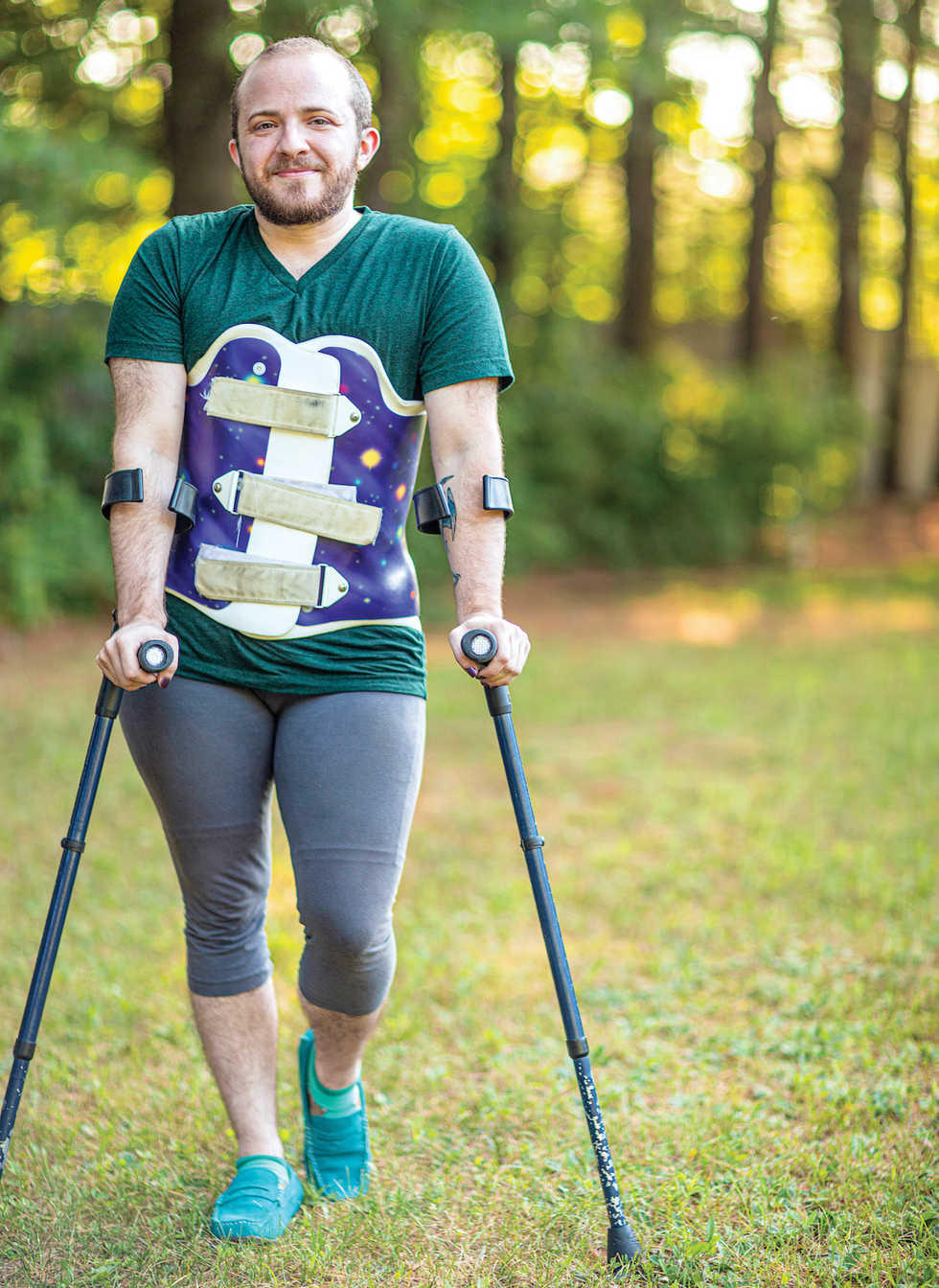
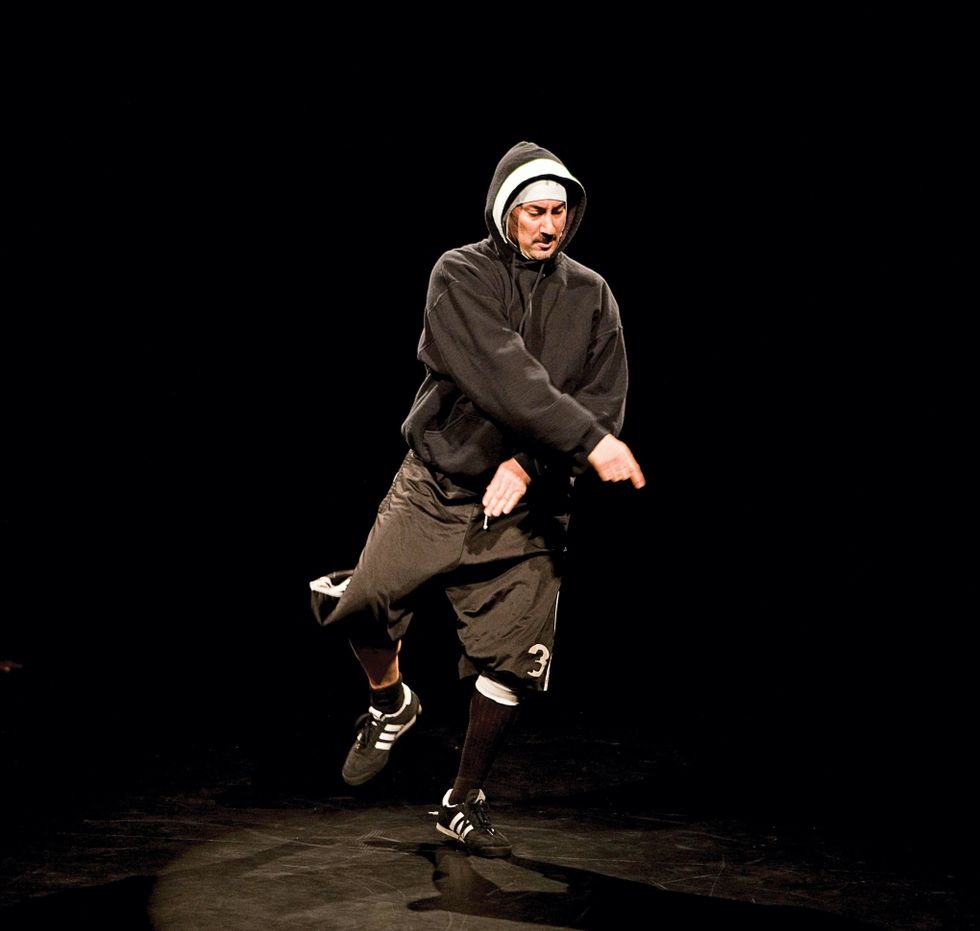
Doug Elkins, artistic director, Doug Elkins Choreography, Etc.
“I’m hooked on a Dadaist podcast called Welcome to Night Vale. One of the episodes begins with the introduction, ‘There is a thin semantic line separating weird and beautiful. And that line is covered in jellyfish.’ This is a deep thought expressed in whimsy, but I looked at actual jellyfish for days after hearing that. People thought I was crazy. One of the hardest things to learn is to ignore people’s expectations of who you are. The jellyfish changed my ideas of what can or could be. When I’m in the studio, I welcome intimate movement debate. I open a safe space where we make an agreement that technique is a portal to being vulnerable, where we discover that allowing ourselves to be ugly isn’t actually ugly. Maybe it’s just different.”
